The theory was first proposed in 1995 by Robert Bauval, and has since been expanded in collaboration with Adrian Gilbert and Graham Hancock to include the Great Sphinx as a representation of the constellation Leo, and the Nile river to represent the Milky Way galaxy. This theory not only notes that there is a match between these arrangements, but postulates that this was deliberate on the part of the builders of the pyramids. That sounds OK, but the biggie here is that the stars in Orion's Belt and the constellation of Leo match up in these locations approximately 10,500 B.C.E., a mere 8,000 years earlier than the accepted accounts!
Well, despite some support from geologists who have argued that the effects of water erosion on the Great Sphinx date parts of that monument to at least 7,000-5,000 B.C.E., mainstream Egyptologists don't accept the Orion thesis. It does put the Great Pyramids and the Great Sphinx into an era before the Ancient Egyptians, so that's understandable! Still, it's a fascinating thought that someone might have built these huge monuments in relation to the constellations.
And, here I have to note that my daughter was quite thrilled by this idea when studying ancient cultures, probably in elementary school. She did a project on this very hypothesis, building a 3-D map of the Pyramids with the Great Sphinx, the Nile and all carefully positioned to match up with a picture of Orion. It was remarkably cool!


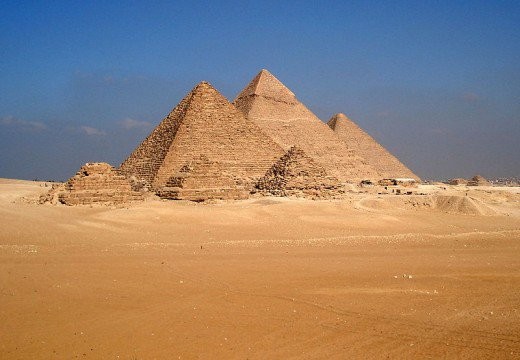
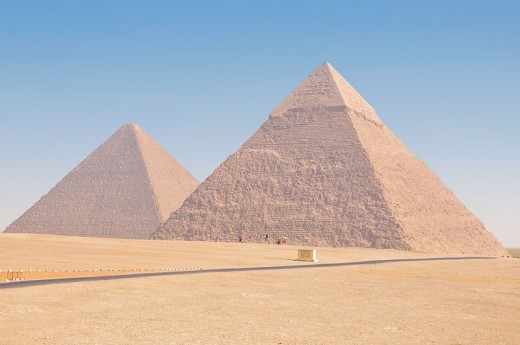
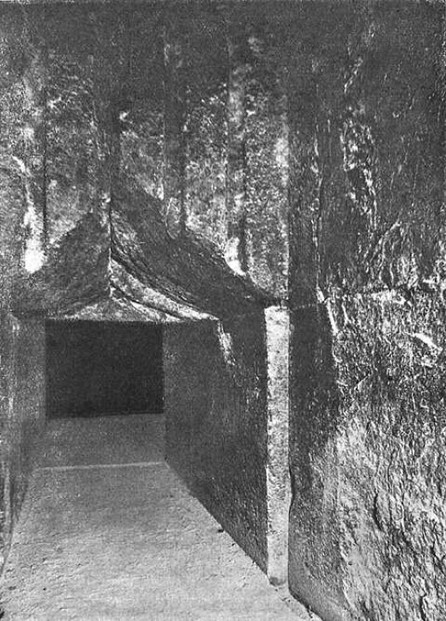



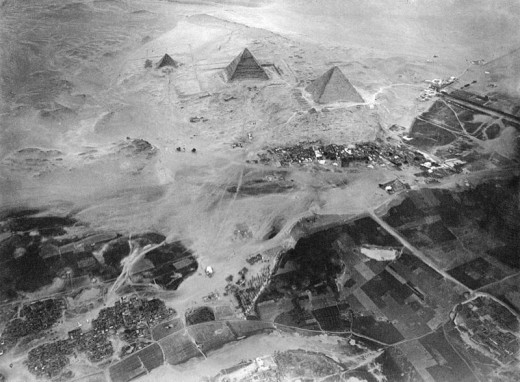



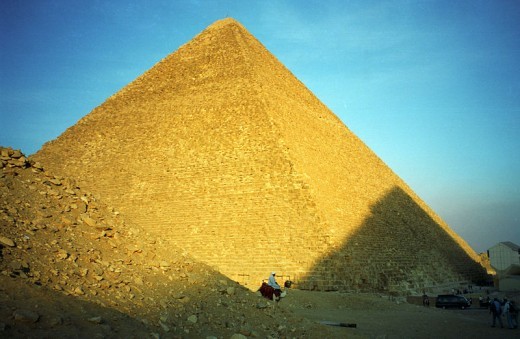
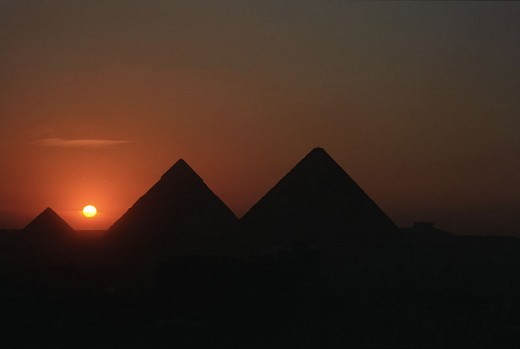
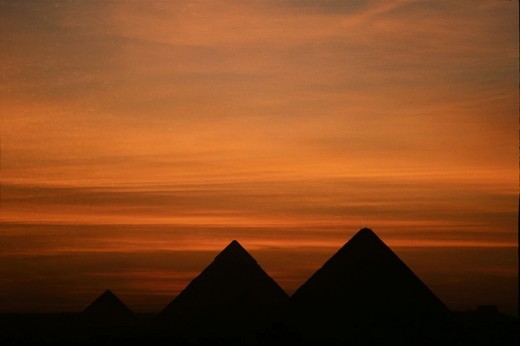

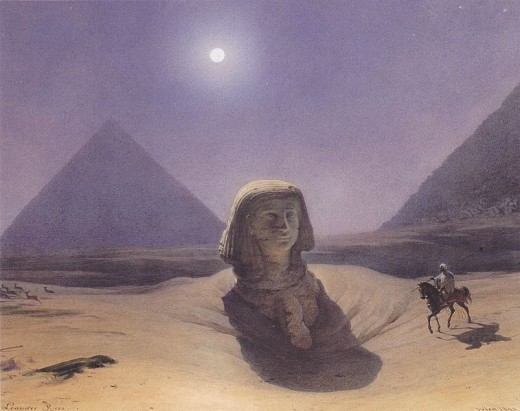
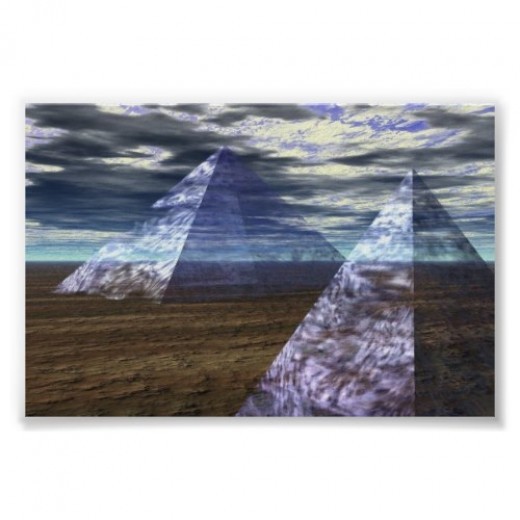
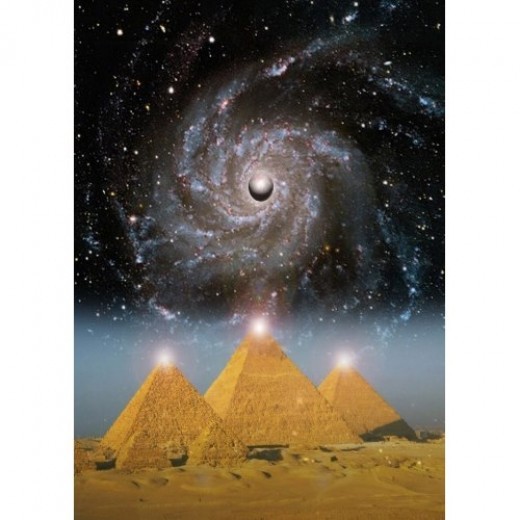
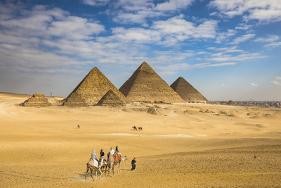
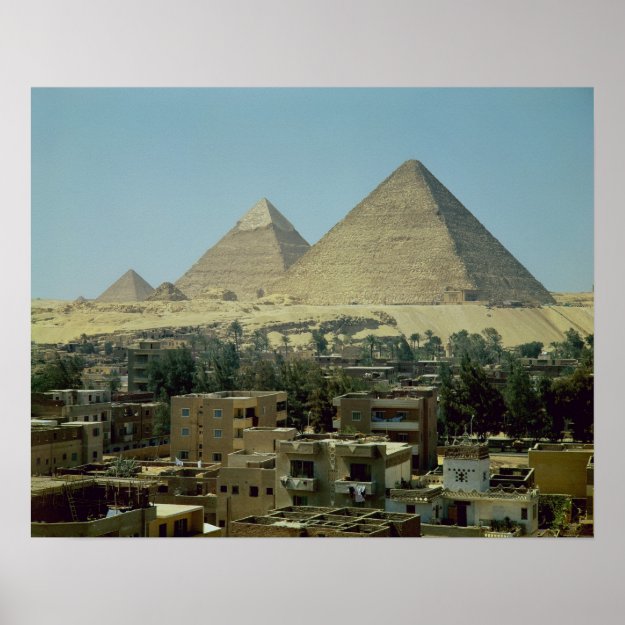
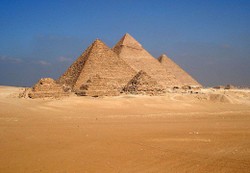

 Best "Nutcracker" Movie of all Timeon 03/08/2019
Best "Nutcracker" Movie of all Timeon 03/08/2019
 Lascaux Cave Paintingson 01/18/2018
Lascaux Cave Paintingson 01/18/2018
 Bridges of the Hudson Valleyon 11/20/2017
Bridges of the Hudson Valleyon 11/20/2017
 Mythical Phoenix Birdon 02/03/2017
Mythical Phoenix Birdon 02/03/2017

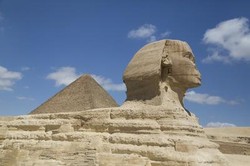
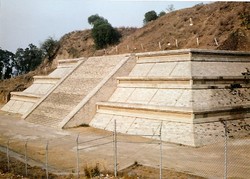
Comments
Yes! It is quite astounding how they were constructed so long ago.
Excellent images. I marvel at how the accuracy of the pieces had to be considering the time they were built.
There may have been civilisations much earlier than we have thought, as there seeem to be stone remains off the coast ofIndia onland that was last dry when the sea levels were lower than now during the Ice Age.
Indeed, the age of such monuments is not entirely clear. I read that the Sphinx could be as much as 12,000 years old, and not necessarily built at the time of the pharaohs for whom the pyramids were believed to have been constructed (4,500 years ago).
How old is the Sphinx? I don't know, but I am aware that historians have in the past under estimated the skills of peoples in the years before writing and stone built urban civilisations. I would not be surprised if it is older than we have previously thought.
Glad to be helpful. And thank you for your positive response!
Lovely. There are some interesting pieces of information here that I can tell the children in schools. Thank you an informative piece.
Ahhh I am just off to bed... 11 35 pm here of course but look forward to reading this tomorrow
I looks very interesting.